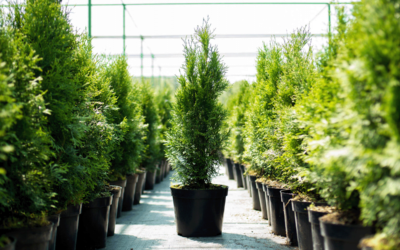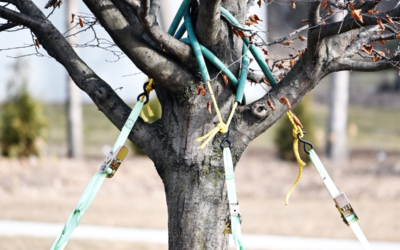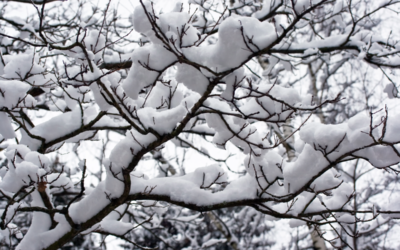If you’ve ever tried to remove a tree or clear a stump, you know that these plants can have extensive root systems that cling tenaciously to the soil around them. So why do we see so many stories of trees uprooted by storms? Here are some reasons:
Wind Speed
A 75 mph wind is sufficient to uproot some healthy trees, especially when the tree is leafed out or has an evergreen canopy that offers wind resistance. Those winds can be produced by severe thunderstorms, Category 1 hurricanes, and F-1 tornados. Higher winds—F-3 and above—are more likely to snap tree trunks than uproot them.
But while high wind is almost always the direct cause of uprooting, other factors come into play, as well.
Soil Condition
Ideally, a tree will sink its roots deep into the soil and spread at least as far as its drip line. But heavy clay soils are hard to penetrate, so as much as 90% of the roots may be confined to the top 18 inches or so. Conversely, extremely loose, sandy soils don’t give the roots much to cling to, and heavy rain can loosen up even well-conditioned soils. In these situations, trees can be uprooted in much lower winds.
Location
Trees in forests, groves, or sheltered by structures are protected from high winds. On the other hand, solitary trees, especially those on hilltops or exposed slopes where they bear the full brunt of the wind’s force. Over time, this can cause the roots to loosen and become vulnerable to lower velocity winds.
Tree Type
Some trees are more wind resistant than others. Some softwood trees like pines are less wind-resistant than hardwoods, although others, like the Monterrey pine, have evolved sturdy root systems that let them take on their distinctive windblown shape. Fully leafed-out deciduous trees are more vulnerable than when they’ve dropped their leaves, and longer taproots make them more wind-resistant. Unless the wind is strong enough to snap their trunks, of course. Conifers have shallower root systems and have heavier crowns, making them more susceptible to wind damage.
Tree Health
A healthy tree resists uprooting much better than weakened one, of course, so protecting against pests and diseases is one of the best ways to keep your trees firmly rooted. Root diseases can stay hidden below the surface for years or they can appear and spread rapidly. Conks and mushrooms are signs that a root system may be compromised, but only a trained arborist can accurately diagnose and treat root diseases. Other things like construction damage, toxic chemicals, root pruning and restricted growth can weaken root systems, eventually leading to susceptibility to uprooting. Improper pruning can cause trees to be top-heavy and vulnerable to wind damage.
Trees are living, growing organisms, and as such, can often adapt to a variety of conditions. But like other living things, proper care and nourishment will add to their ability to cope with adversity and protect against loss or damage.
Conclusion
Well-chosen and maintained trees are an important investment that can add considerable value to both residential and commercial property. If you need a helping hand, Donovan Arborists offers planting, transplanting and tree removal services for all your needs. We’re committed to maintaining and protecting Colorado’s natural beauty in accordance with the best practices of urban landscaping, and focus on the greater picture of the plants, their surroundings, soil, water, climate and light exposure to create optimal outdoor environments for your landscape to thrive. Contact us today for a free estimate.




